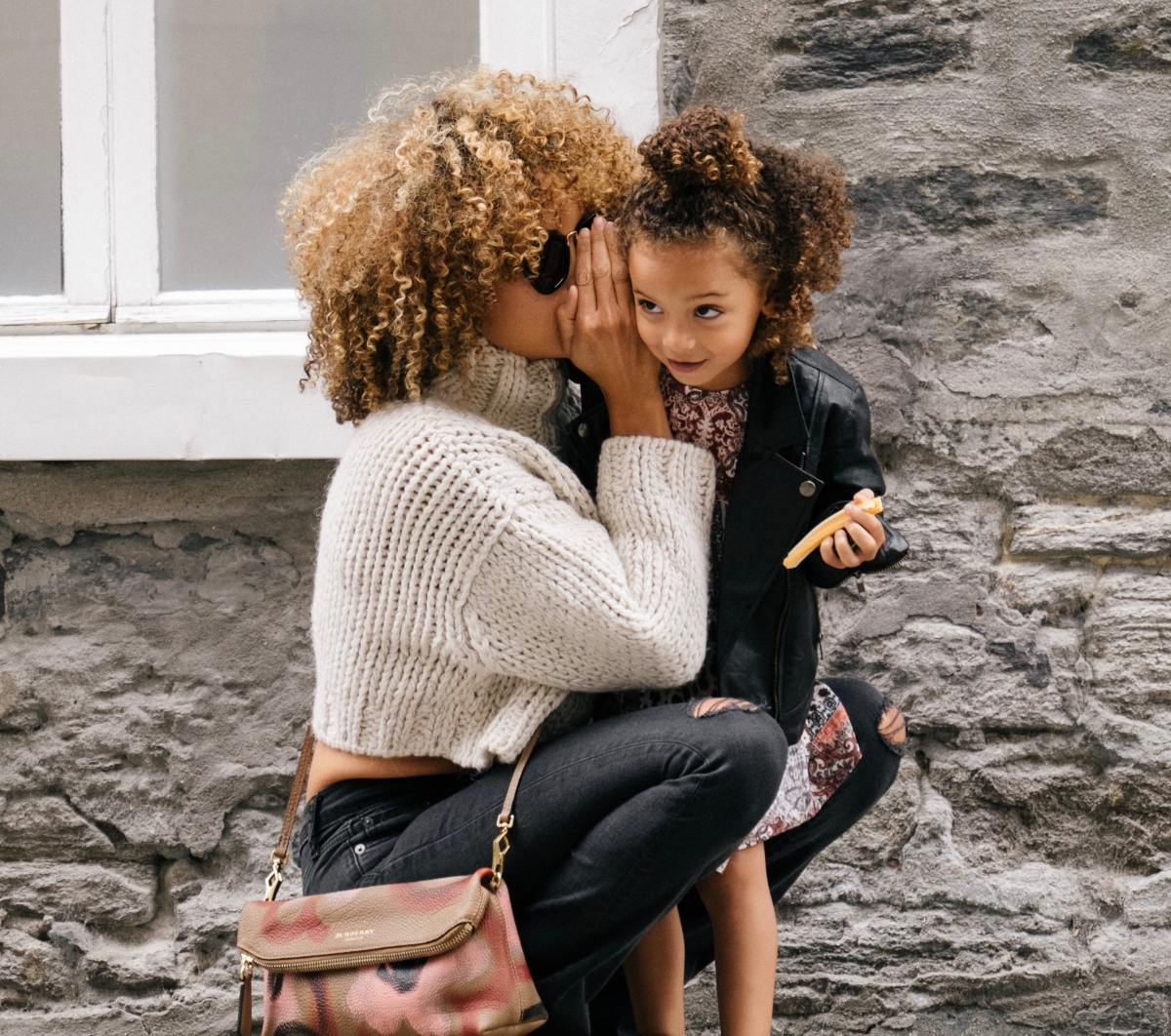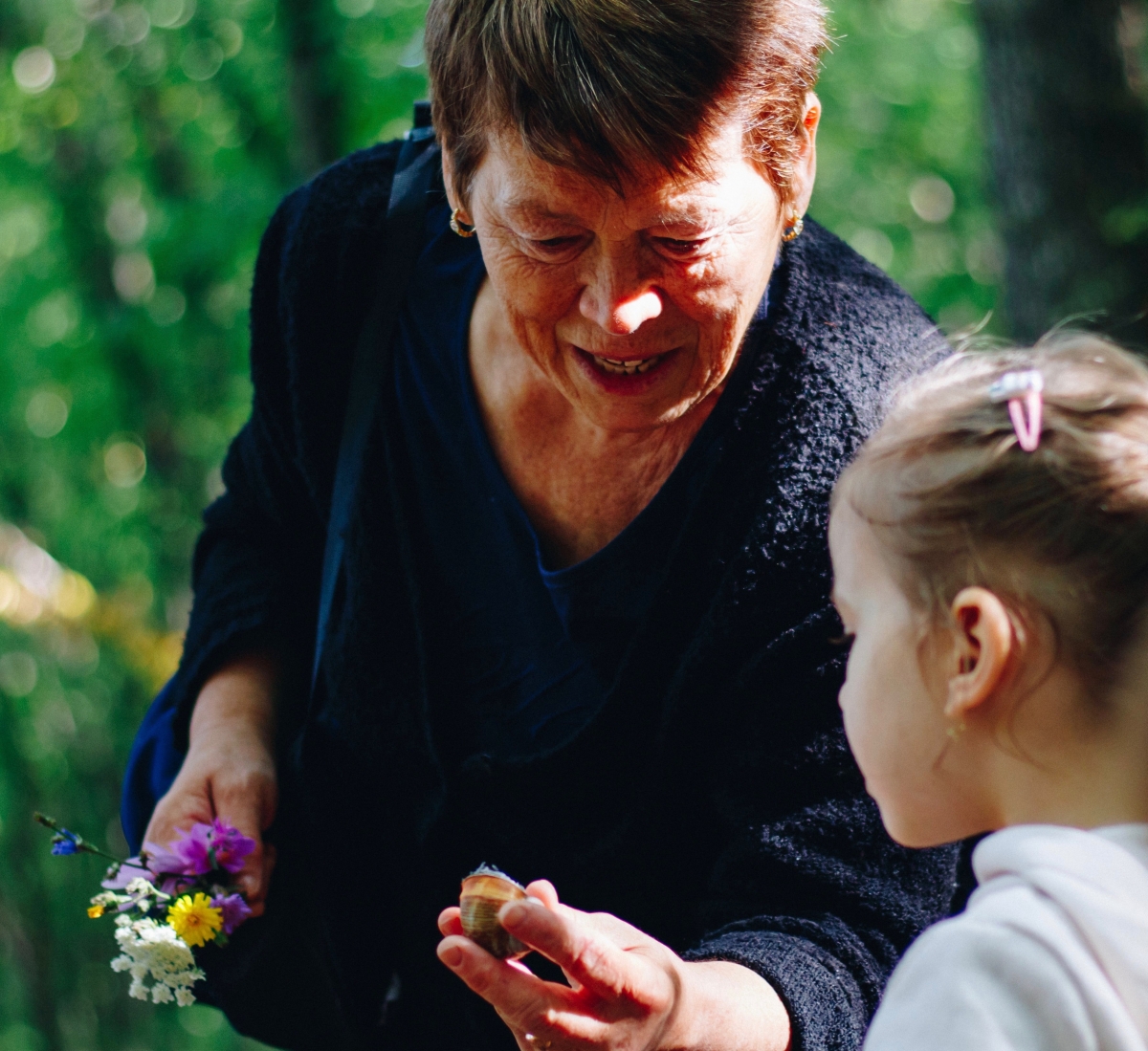
As many children return to classrooms and playgrounds, sports fields and playdates, the issue remains of how to keep young humans (who are biologically wired for social connection) apart.
Encouraging or enforcing physical distancing among young people can be a major source of stress for parents, teachers, and caregivers alike. It can also be stressful for us, as adults, to refuse an outstretched hand, turn away from a friendly hug, decline an offer of food, or step back from a close talker.
Given all this, the question is: how can we keep kids (and ourselves) safe without burning out?
Psychology and science hold some clues as to why it is so exhausting for adults to keep children 6 feet apart at times:
-
Our behaviors can be influenced by what we see others doing - even if we don't think it's right1]. If we notice other adults throwing in the social-distancing towel, we may feel subconscious pressure to do the same.
-
The intense stress of keeping kids healthy during a pandemic can deplete our resources and lead to mental fatigue[2], making it even harder to enforce the boundaries and limits necessary to keep kids apart.
So what can we do to protect our own well-being while ensuring the safety of the young people around us?
1. Tell kids what you want them to do, rather than what you don't.
Redirect their behaviour [3]when it crosses the social distancing line.
2. Get clear on your limits.
At a time when you are well resourced, reflect on what social distancing limits are essential, important, and optional[4] for the children you care for in a given situation (eg. school, park, play date or family visit).
3. Simplify your life - or at least your mental load.
Prepare for stressful environments by reducing the cognitive demand of tasks leading up to them.[5]
4. Get a reality check.
Check in with trusted others often[6] - invite parents, teachers, and/or caregivers to share their observations and opinions about how social distancing seems to be going and what has been working (or not) for them.
5. Rest & recharge without judgement.
Find little ways to bounce back[7] from the stress of being the social distancing police.
It comes down to social norms - unwritten rules about group behavior. If we observe other people giving up on social distancing between children (or between adults, for that matter) we may feel like we should do the same.
This form of unspoken peer pressure can affect us even if we believe that keeping kids apart is important and the right thing to do.
Fighting against this internalized pressure on an ongoing basis can deplete our mental resources and pave the road to burn out.
While researchers used to believe that self-control, or willpower, (which is related to self-regulation) was like a bank account that could be depleted by overuse, it is now thought that mental fatigue is the key player in waning motivation and ability to do the right, hard thing.
Mental fatigue – a dramatically reduced ability to focus, make decisions, or emotionally regulate – is the result of downregulation of the parasympathetic “rest and digest” branch of the autonomic nervous system, leading to over-activation of the sympathetic “fight, flight, or freeze” branch.
When we are in “fight, flight, or freeze” mode our executive functions are mostly offline, making it hard to think logically and behave rationally.
Reminding them to "keep the space" or "back-up three steps" gives them a tangible directive they can feel good about achieving, while saying "you're too close!" on loop can leave them confused about what they need to do to maintain distance (this is especially true for younger children). Not to mention, constantly correcting is exhausting for adults and can create a dynamic in which children feel like they are failing, repeatedly, without a concrete sense of how to improve.
Maybe masks on the playground are non-negotiable, but keeping 6 feet apart can budge so long as everyone is wearing one. Or vice versa. It can be helpful to write your context-specific limits down according to a "traffic light" system: red limits are absolute necessities, yellow are very important but can be relaxed in rare situations, and green limits are preferred but can more easily budge.
Having these limits laid out clearly in advance can help reduce the congitive load you encounter when under the stress of social distancing, ideally resulting in more efficient and sustainable allocation of mental resources and better outcomes.
Doing so can help bust perceived social norms that don't reflect reality, dialling down the subconscious pressure they exert in the process.
Bonus: you might learn new ways of thinking about and encouraging social distancing among children, thus strenghtening your pandemic parenting/teaching/child care-giving toolkit!
This can help you feel more resourced and motivated to uphold the social distancing standards that are important to you (see #2).
Resource yourself with a mindfulness minute, healthy snack, or a few moments of movement. Text a friend or watch a clip from your favourite comedy on YouTube. Micro-investments in your well-being can help you sustain social distancing in the short run by combatting mental fatigue (see #3) and in the long run by avoiding burnout. Leave the judgement out of it, though - there's no point in wasting precious mental energy better saved for tackling the next social distancing stressor.

